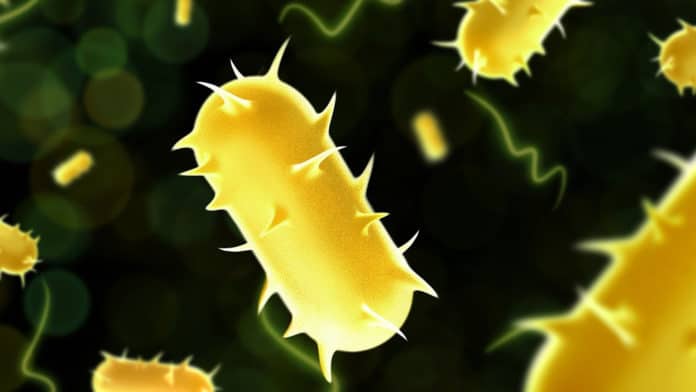A cost-effective, eco-friendly, and large-scale system is essential to store and retrieve renewable energy. Currently, there are no sustainable methods for storing green energy, as batteries are environmentally toxic. This is a big problem.
Cornell bioengineer Buz Barstow, Ph.D. ’09 have suggested the solution to this problem: a bacteria called Shewanella oneidensis.
Shewanella oneidensis is a bacterium that takes electrons into its metabolism. It uses the energy to make essential precursors for ‘fixing’ carbon, which occurs when plants or organisms take carbon from CO2 and add it to an organic molecule, usually sugar.
Barstow is now working on engineering a new bacteria that goes a step further by using those precursor molecules to make organic molecules, such as biofuels.
This is the first time that scientists have described a mechanism in Shewanella that allows the microbe to take energy into its system for use in its metabolism.
Using a technique called knockout sudoku, scientists inactivated genes one by one to tell their functions.
Barstow said, “We found a lot of genes that we already knew about for getting electrons out of the cell are also involved in getting electrons in. Then we also found this new set of genes that nobody’s ever seen before that are needed to get electrons into the cell.”
Scientists then identified the pathway that these genes facilitate that moves electrons into Shewanella’s metabolism.
This pathway efficiently converts carbon dioxide into sugars and, ultimately, biofuels. The same pathway can be scaled up and is cheap to run.
Scientists then identified homologous genes in many different genera of bacteria. They suspected that before life on Earth developed photosynthesis, bacteria might be using a similar pathway that used electrons from oxidizing iron to pull carbon from carbon dioxide for use in making sugars.
Barstow said, “When we build a microbe that can eat electrons, which we are doing now, it will incorporate those genes.”
Journal Reference:
- Rowe, A.R., Salimijazi, F., Trutschel, L., et al. Identification of a pathway for electron uptake in Shewanella oneidensis. Commun Biol 4, 957 (2021). DOI: 10.1038/s42003-021-02454-x
